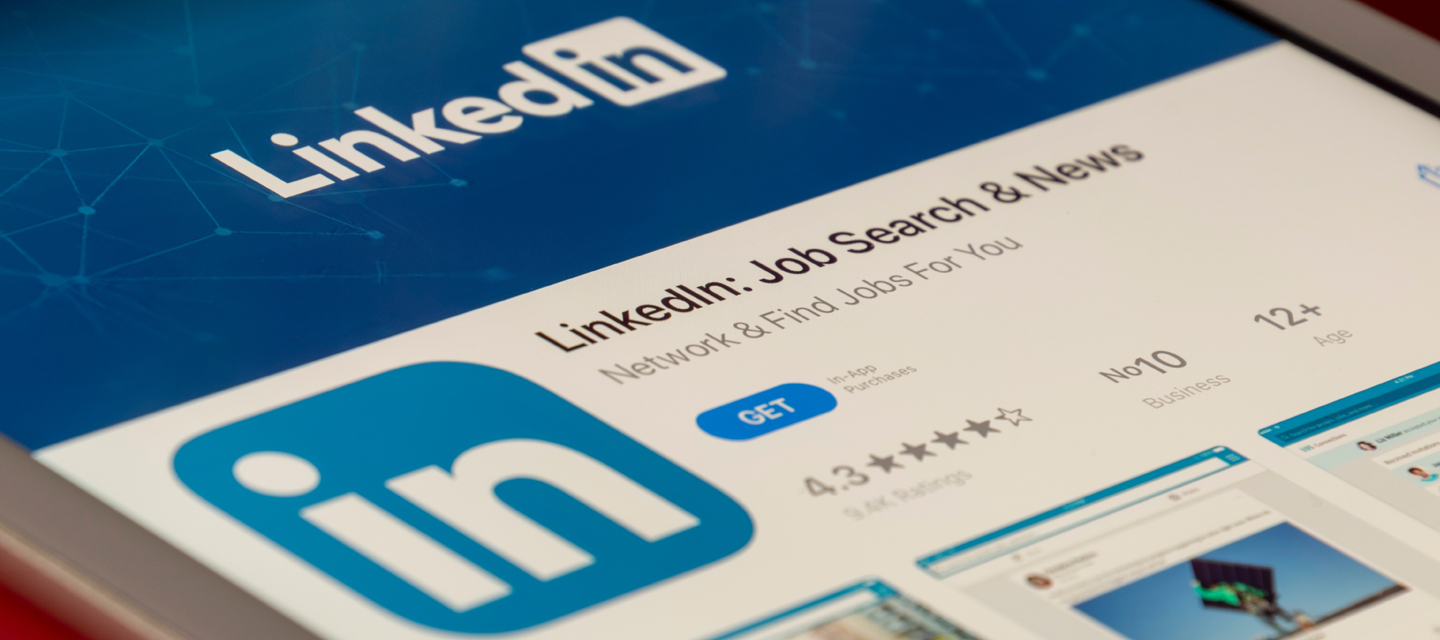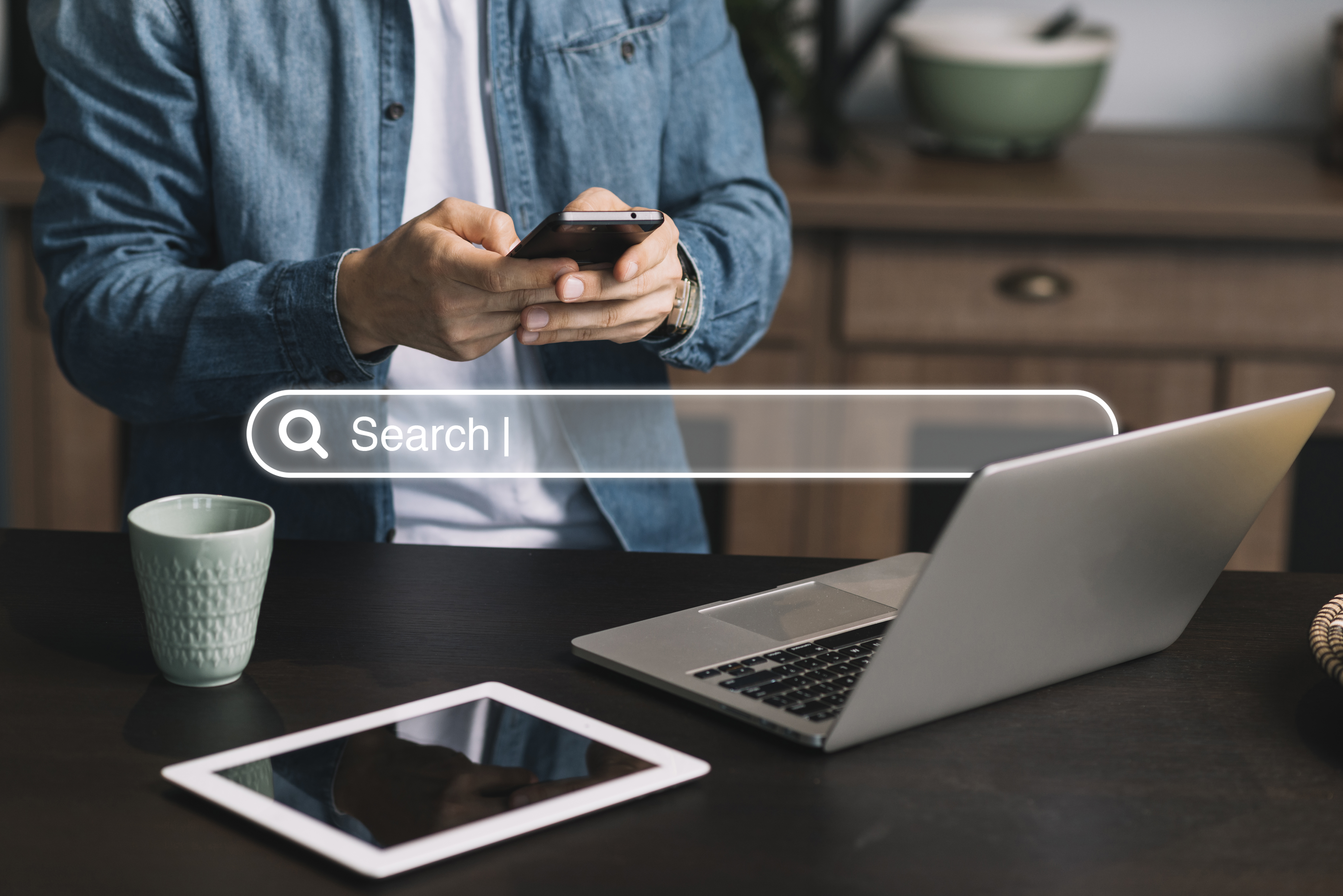Designing websites for accessibility
We live in the digital age where we now have access to more than a billion websites worldwide. Websites serve as gateways to information, services, opportunities and more. However, navigating the online world can be challenging for people living with disabilities, that’s why it’s so important to design websites that are inclusive and accessible to everyone. This article delves into what it means to design websites for accessibility, the reasons why websites need to be accessible to all and how to achieve that outcome.

We live in the digital age where we now have access to more than a billion websites worldwide. Websites serve as gateways to information, services, opportunities and more. However, navigating the online world can be challenging for people living with disabilities, that’s why it’s so important to design websites that are inclusive and accessible to everyone. Designing accessible websites is even a legal requirement in some locations.
This article delves into what it means to design websites for accessibility, the reasons why accessibility is important, and how to make websites accessible.
What is accessibility in web design?
The practice of making websites accessible for people with disabilities involves designing websites and crafting content that accommodates various impairments, such as vision, hearing, cognitive, and physical limitations.
The aim of accessibility in website design is to remove barriers to accessing the digital world and ensure that everyone can effectively and easily interact with content they find on the web. Having an accessible website also demonstrates to users that you value inclusivity and care about your visitors, which is even more vital when it’s a business website.
The key standards of website accessibility
There are four accessibility standards in web design to ensure websites are accessible to all:
- Perceivable: All interface components and information must be presented in such a way that all users can perceive. This includes ensuring there is sufficient colour contrast, providing text alternatives for non-text content, as well as offering multimedia content to accommodate people with sensory disabilities.
- Operable: An operable website is user-friendly and doesn’t disrupt visitors in any way. This is achieved by implementing various input methods, such as keyboard navigation, assistive technologies and voice commands. All interactive elements of a site need to be easy to navigate without relying entirely on using a mouse.
- Understandable: Content on a website should be easy to understand for all visitors. This also includes written and graphic content. Site navigation needs to be clear, concise and make logical sense. Pages should be organised intuitively, with menus and navigation buttons on all pages.
- Robust: Websites need to be compatible with a wide range of assistive technology and flexible enough to accommodate evolving web standards and technological advancements. This ensures that the website remains accessible and up-to-date as technology advances.
Practical steps for creating accessible websites
Now that we’ve covered the accessible websites guidelines, let’s delve into how these principles are implemented through the following practical steps:
- Semantic HTML: The deployment of semantic HTML markup provides a clear meaning and structure to content. This makes it easier for assistive technologies to both interpret and present information to site visitors.
- Alternative text: Descriptive alternative text needs to be provided for non-text elements, such as images, graphics, graphs and tables. This ensures that users with visual impairments can understand the purpose and context of the content when using a screen reader.
- Readable content: Content creation needs to take into account the broad spectrum of the potential audience. Writing should be understandable to a wide range of readers, including those who may be learning the site’s native language. It’s best to steer clear of overly technical terminology and regional slang to ensure clarity and accessibility for all.
- Keyboard accessibility: All interactive elements, like form fields, buttons and links, need to be accessible via a keyboard. Users should be able to navigate the website, complete forms, and interact with content without having to use a mouse.
- Colour contrast: Sufficient colour contrast between text and background elements needs to be maintained to improve readability for users with vision problems. Colour combinations need to meet accessibility standards. It’s also important to avoid relying solely on colour to convey information. Avoid blinking or flashing elements as this can cause seizures in some people.
- Responsive design: Websites have to be designed with responsiveness in mind to guarantee optimal viewing and interaction across various devices, and different screen sizes and orientations. Responsive design enables users with disabilities to access content seamlessly on desktops, laptops, tablets and smartphones.
What are benefits of an accessible website?
There are numerous benefits for businesses, organisations and site visitors alike when websites are designed with accessibility in mind. Accessible web design enhances the user experience (UX), improves search engine rankings and increases audience reach. A user-friendly website results in higher engagement, longer browsing sessions and higher conversion rates. Websites that are accessible demonstrate a commitment to social responsibility and diversity.
Wrapping up
As we strive to build a more inclusive digital future, accessible web design plays a crucial role in ensuring equal access to information and opportunities for individuals of all abilities.
Contact MintTwist today for accessible website design. We craft beautiful and intuitive websites that will engage your visitors and keep them coming back.
More insights from the team


